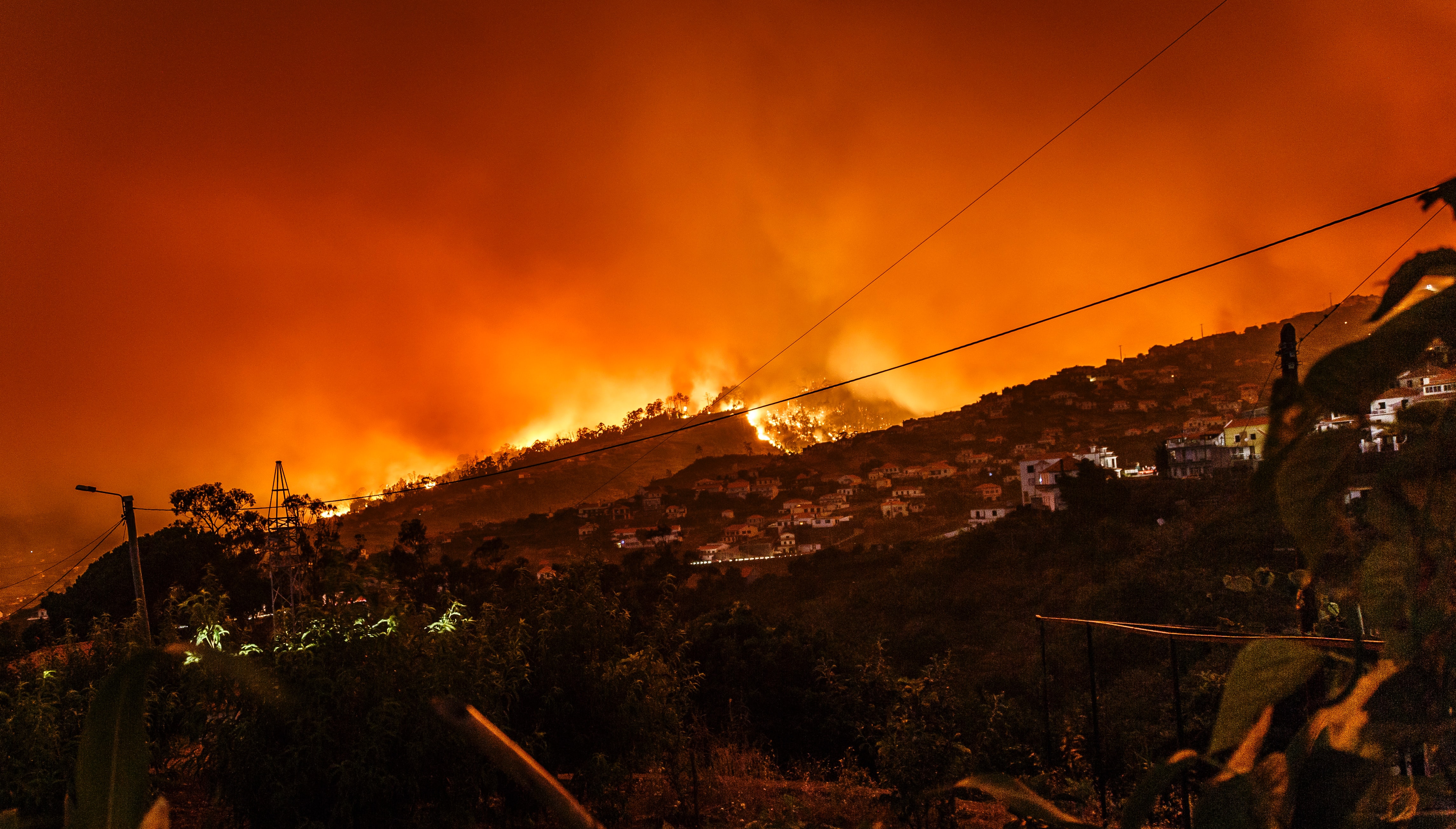News release
From:
Expert Reaction
These comments have been collated by the Science Media Centre to provide a variety of expert perspectives on this issue. Feel free to use these quotes in your stories. Views expressed are the personal opinions of the experts named. They do not represent the views of the SMC or any other organisation unless specifically stated.
Professor Brian Oliver leads the Respiratory Molecular Pathogenesis Group at the University of Technology Sydney and the Woolcock Institute.
The study is a very sophisticated estimation of the actual cost of the 2019/2020 bushfires. The costs are based on actual health care costs and an estimated 429 premature deaths. The actual costs will be much higher as the future health events which are not known were not included in this study. As a country what this means for us is that if we have more bushfire events of the magnitude which was experienced in 2019/2020 the health and economic costs will affect everyone in Australia, through either higher taxes or direct health effects.
Associate Professor Paul Read is at Charles Sturt University and Director of the Future Emergency Resilience Network (FERN)
Quite apart from the direct impact of fires on life, property and emergency services, Australian colleagues in Nature Sustainability have had a go at estimating the flow-on health costs which we predicted back in January 2020. These included premature deaths from respiratory and cardiovascular diseases, which we knew from past work increased by about 25% when smoke-related and other factors come into play. This paper compares Black Summer on these measures to the past 20 years of fire seasons and says Black Summer costs were more than nine times the average of the past 10 years, or, or put another way, almost equalled the cost of the past 10 years combined. That's a big increase. This paper is a critical step in clarifying an important issue with wide-ranging implications, for example, how much of a disaster levy we should apply on dirty industries contributing to climate change, climate change being responsible for about 30% of the destruction according to the world-wide attribution study. But it's not the full story and I dare say hardly the full cost. They count 429 smoke-related premature deaths, 3,230 hospital admissions for heart and breathing disorders, and 1,523 emergency department visits for asthma.
Let's take the deaths alone as an example of how these costs are an underestimate. Add the direct deaths from fire and Black Summer's 'murder rate' sits at 450. Using the last Royal Commission figures as a baseline, every one of these lives were previously costed at $3.7 million (in 2009 dollars). That comes to $1.7 billion (2009 dollars) for Black Summer. Now apply the ABS inflator from 2009 to 2020 of 25.18% and the cost comes to $2.12 billion. That's for deaths alone, not all the other factors counted.
Now add the costs of clean-up and adaptation and royal commissions on top of an estimated 3 billion animals killed and the fact that more than 25 times the size was burned. Whilst I don't disagree with the methods used in this article, I think it's very important for the public to understand how different approaches to disaster costing can produce dramatically different results - not because they're wrong or trying to obfuscate the findings but simply because the costs and assumptions change for different purposes. For example, insurance costs change depending on the legal definitions, which change according to jurisdictions, whereas the long-term social costs might not even be included. Past studies suggest you can roughly double the amount of tangible costs to include social and economic multipliers, but even these don't take into account the long-term costs to families and children as governments borrow against their future to clean up, and borrow against their future to avoid tackling climate change. Once these are included, plus species extinctions, the true costs are immeasurable. Add COVID-19 and all the other geopolitical issues swirling around us and our continued neglect of our young and their future is nothing short of criminal.
Dr Noel Preece is an Adjunct Associate Professor at James Cook University, an Adjunct Associate Professor at the Research Institute for the Environment and Livelihoods at Charles Darwin University, and Director of Biome5 Pty Ltd - an environmental management and consultancy for Northern Australian businesses.
These are horrific costs of inaction on global warming and proper fuel management and planning. Diverting even a proportion of these costs to proactive fuel management using traditional and modern methods of prescribed burning with dedicated teams of paid fire managers and proper planning could reduce these impacts significantly.
Prof Mike Clarke is a Professor of Zoology at the Research Centre for Future Landscapes, La Trobe University
This research highlights how widespread the impacts of last summer’s fires were, well beyond the regions burnt by the fires. Through the eerie and life-threatening smoke haze, a significant proportion Australia’s entire population was confronted with the consequences of so much of the country being on fire. Confronted by the very real possibility this is what the future will look like under climate change.
I was attempting to do fieldwork surveying birds at Wilson’s Promontory, more than 300km from the nearest fire in early January. I rely heavily on identifying which birds are present by their calls. But the birds were chillingly silent in the thick smoke haze. The wonderful dawn chorus was missing. In fact, dawn went missing one morning. First light, when I normally start my surveys, should have been at 5:30 followed by sunrise at 6 – that morning light did not appear until around 8:30!
We know very little about the immediate or long-term impact of smoke inhalation on the survival of our birds, but silent forests are not a legacy I wish to pass on to my grandchildren.



 Australia; NSW; VIC; QLD; TAS
Australia; NSW; VIC; QLD; TAS



